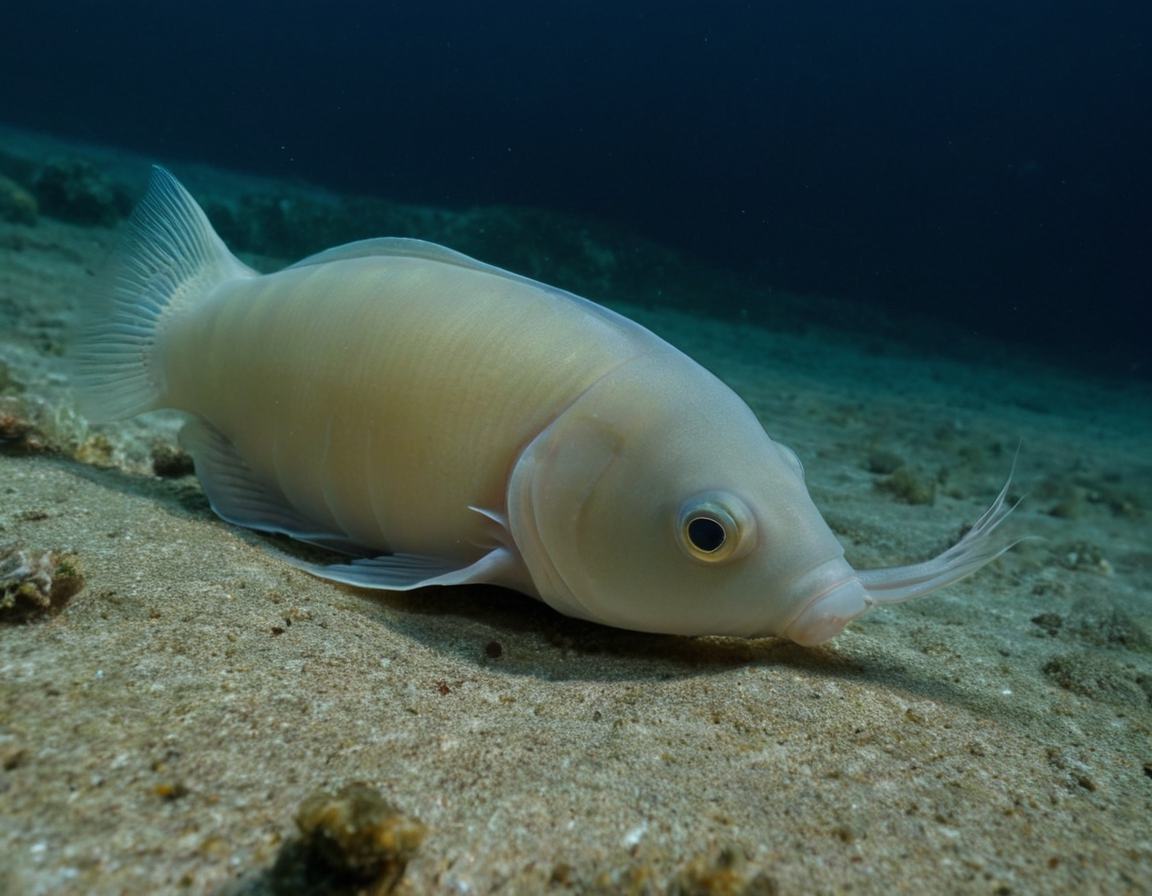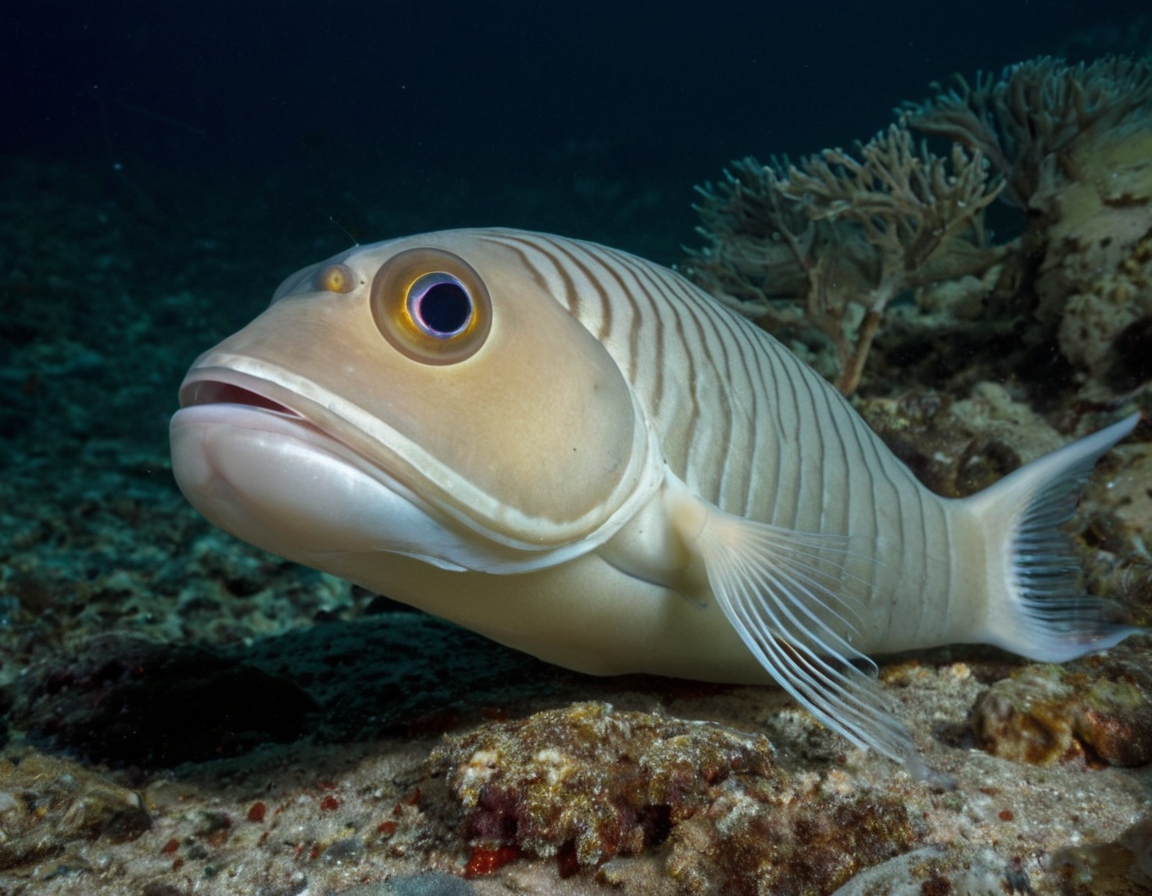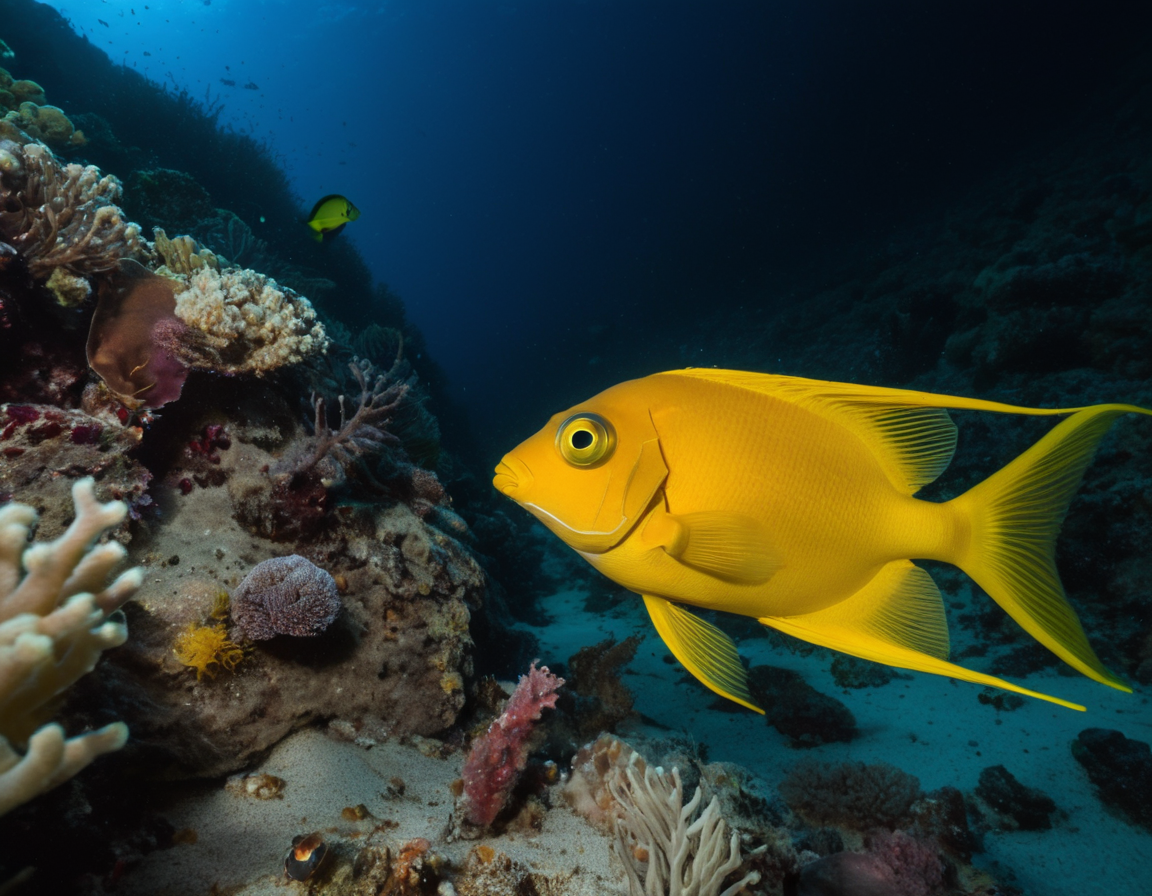Unraveling the Mysteries of Deep Sea Creatures: The Mariana Snailfish
Exploring the Depths: The Mariana Snailfish
Deep beneath the ocean’s surface, in the Mariana Trench, lies a world of fascinating and mysterious creatures. Among them is the Mariana snailfish, a species that has captured the interest of marine biologists and enthusiasts alike. In this article, we dive deep into the abyss to uncover the secrets of the Mariana snailfish and why it thrives where no other fish can. 
The Discovery of the Mariana Snailfish
In 2014, a group of researchers successfully captured footage of the elusive Mariana snailfish, using specialized deep-sea equipment designed to withstand the immense pressure of the Mariana Trench—the deepest part of the world’s oceans. This discovery marked a significant milestone in deep-sea exploration, expanding our understanding of life in extreme environments.
Characteristics and Adaptations
The Mariana snailfish, known scientifically as Pseudoliparis swirei, is a small, tadpole-like fish with a transparent body that thrives at depths exceeding 8,000 meters. Outstanding adaptations allow it to survive the high pressures of the deep sea, which would crush most other life forms. For instance, its gelatinous structure lacks air-filled cavities, such as swim bladders, which are susceptible to compression.
Another fascinating adaptation is its unique feeding mechanism. The Mariana snailfish feeds on small invertebrates found in the trenches, such as amphipods, by utilizing a suction technique facilitated by its large mouth and specialized muscles. 
Importance of Studying Deep-Sea Species
Studying creatures like the Mariana snailfish is crucial for several reasons. Firstly, it helps scientists understand how life can adapt to extreme conditions, offering insights that could have broader implications for the field of biology. Additionally, the deep sea is a largely unexplored frontier, with potential discoveries that could benefit medicine, technology, and our knowledge of global biodiversity.
Moreover, the Mariana snailfish’s adaptations could inspire innovations in material science and engineering, as humans seek to explore and harness the resources of the deep ocean responsibly. 
Conservation and Challenges
While the isolation of the Mariana Trench offers some protection for the Mariana snailfish, the deep sea is not immune to the impacts of human activity. Pollution, climate change, and deep-sea mining pose threats to these vulnerable ecosystems. Ongoing research and conservation efforts are essential to ensure that the unique species of the deep ocean continue to thrive for generations to come.
In conclusion, the Mariana snailfish is more than just an inhabitant of the deep. It’s a symbol of the resilience and adaptability of life on Earth, representing a world of mystery and wonder waiting to be explored. As we continue to venture into the depths, we carry the hope that our discoveries will illuminate the dark corners of our planet’s oceans and the fascinating lives within them.






